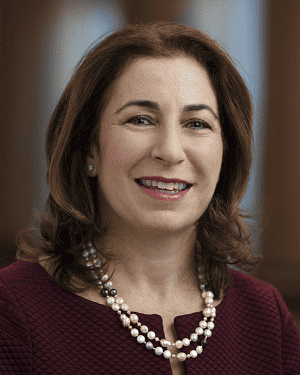The 2008 crisis highlighted the role of company CFOs; the pandemic is highlighting the role of HR.

During the 2008 financial crisis, the chief financial officer was the go-to colleague and adviser for most CEOs. This time, the head of human resources—the chief “people officer”—is the chief executive’s key lieutenant, as companies struggle to manage the Covid-19 pandemic’s upending of the workplace.
Case in point is Sheri Bronstein, chief human resources officer at Bank of America (BofA). Before the pandemic struck, Bronstein was already considered an HR lifer, having navigated the 2008 meltdown and the complex integration of thousands of new employees after BofA’s acquisition of Merrill Lynch.
In March, BofA announced it will make no layoffs related to Covid-19 in 2020, even though the bank had to reorganize itself quickly. Within weeks, 185,000 teammates were working from home, with 15,000 redployed into new roles.
CEO Brian Moynihan agreed with Bronstein that the bank needed to take measures to ease stress on its 212,000-strong workforce regardless of where they work. Until December 31, they can claim $75 or $100 per day in child care reimbursements for children up to age 12.
The benefit eases back-to-school uncertainties for employees with families, and that makes BofA part of a rare breed of employer. According to the Institute for Corporate Productivity, less than one-third of American companies have offered emergency child care leave in response to Covid-19; yet, nearing the end of summer, a million days of child care had already been recorded.
Bronstein has also initiated free online access to doctors and mental health specialists, lunch delivery to frontline workers and supplemental overtime pay.



